Do you think all those little brown mushrooms on the ground look similar and are hard to identify? Well, mycologists agree with you! That’s why they’re referred to as “LBMs”. One LBM in particular is to be avoided, the Deadly Galerina, aka Funeral Bell, Autumn Skullcap, and Deadly Skullcap.
LBM isn’t a scientific term for genus or species. Rather, it’s a category used to lump together all small to medium brownish mushrooms.
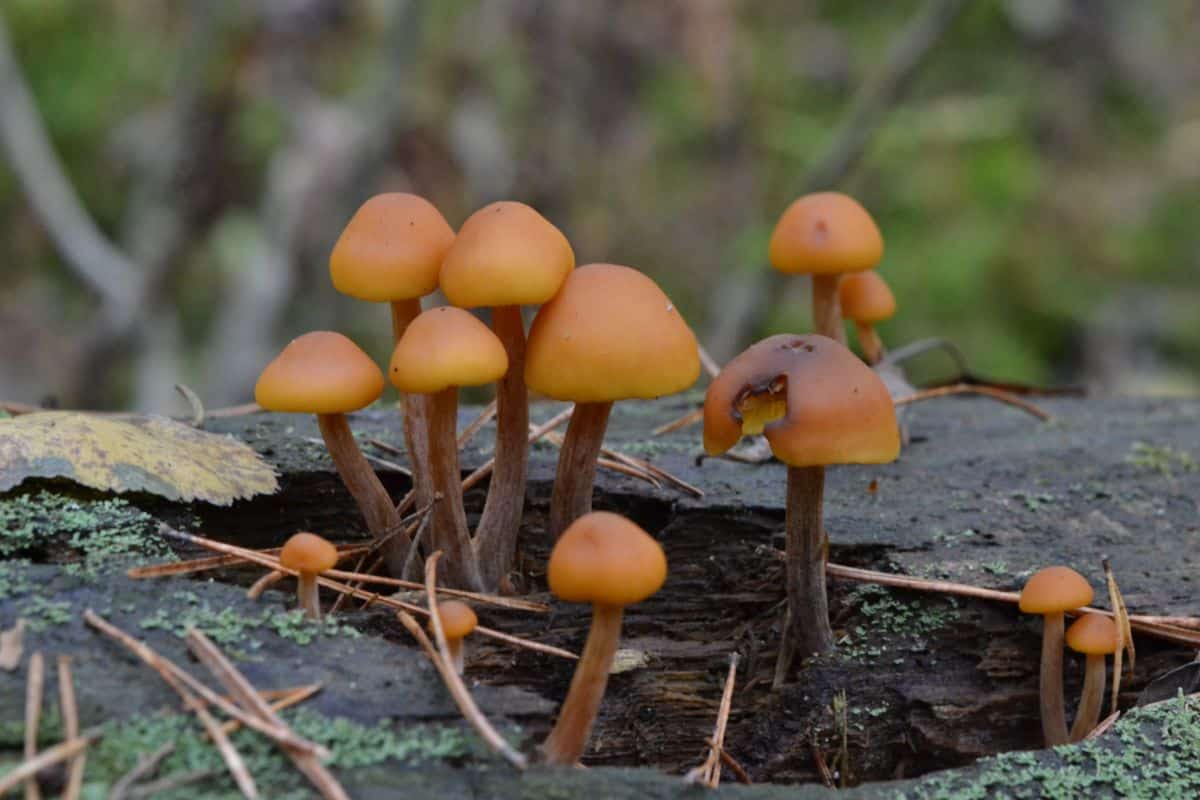
Jump to:
The World of Little Brown Mushrooms
Brownish is a relative term as some drab yellow, white, or gray mushrooms are considered LBMs. There are hundreds of species out there fitting this description, and many of them are extremely difficult to identify outside of a lab.
Little brown mushrooms are found everywhere, in all seasons, and in all habitats. If you look closely outdoors, you’ll probably see more LBMs than you ever noticed before!
Many LBMs are poisonous mushrooms and will cause nausea or gastric distress. However, some contain the same deadly amatoxins as certain amanitas such as the death cap.
The most notable and deadly of these are species in the Galerina genus. They may not appear dangerous, but some of these little specimens can kill! Thus it’s worth examining these deadly mushrooms in more detail.
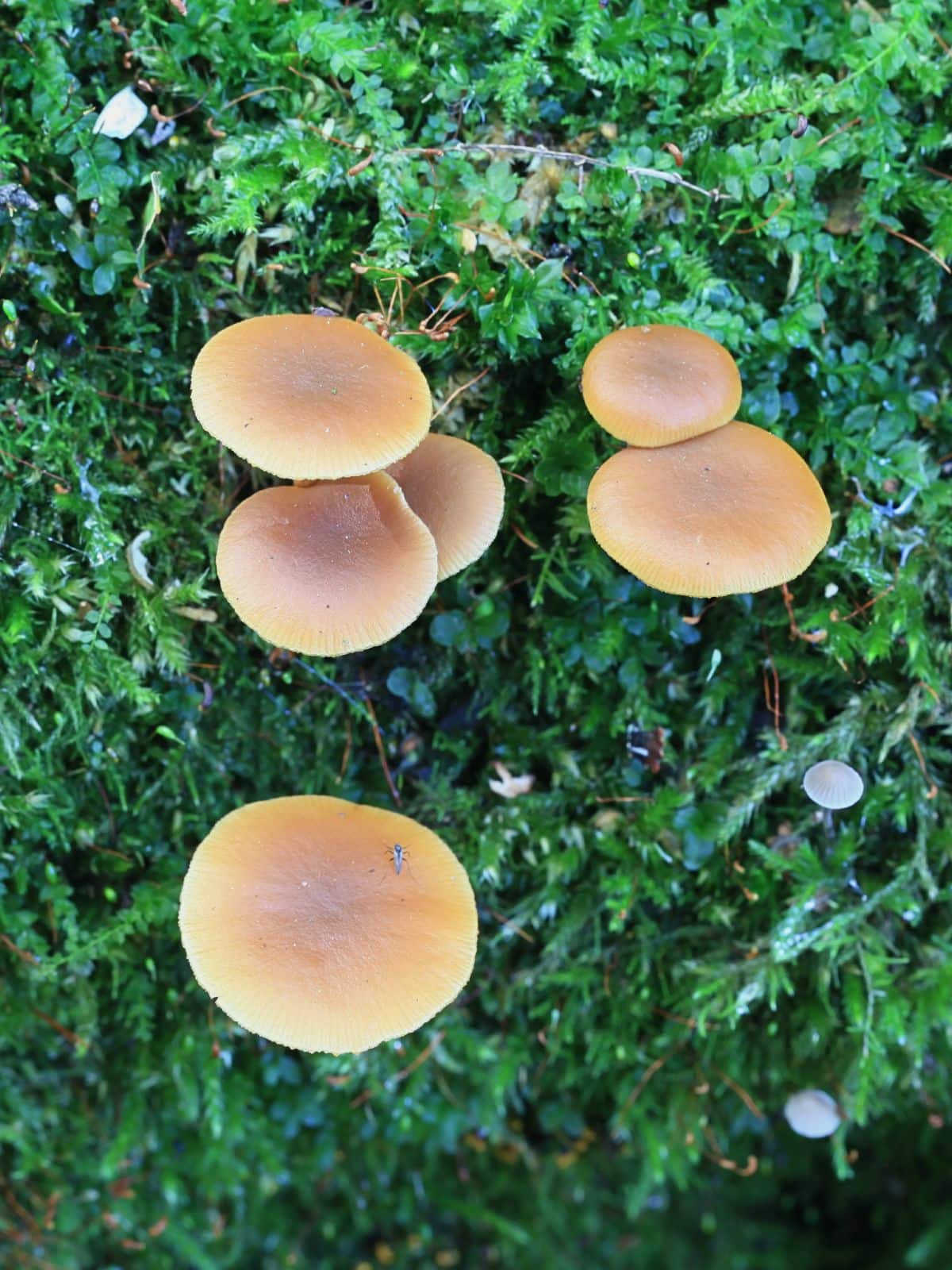
Little Brown Mushrooms: Galerina Grief
Not all members of the Galerina genus are poisonous mushrooms, but many of them are. Within the past decade some of the more infamous galerina mushrooms were thought to be separate species. Genetic testing has since proved them all the same.
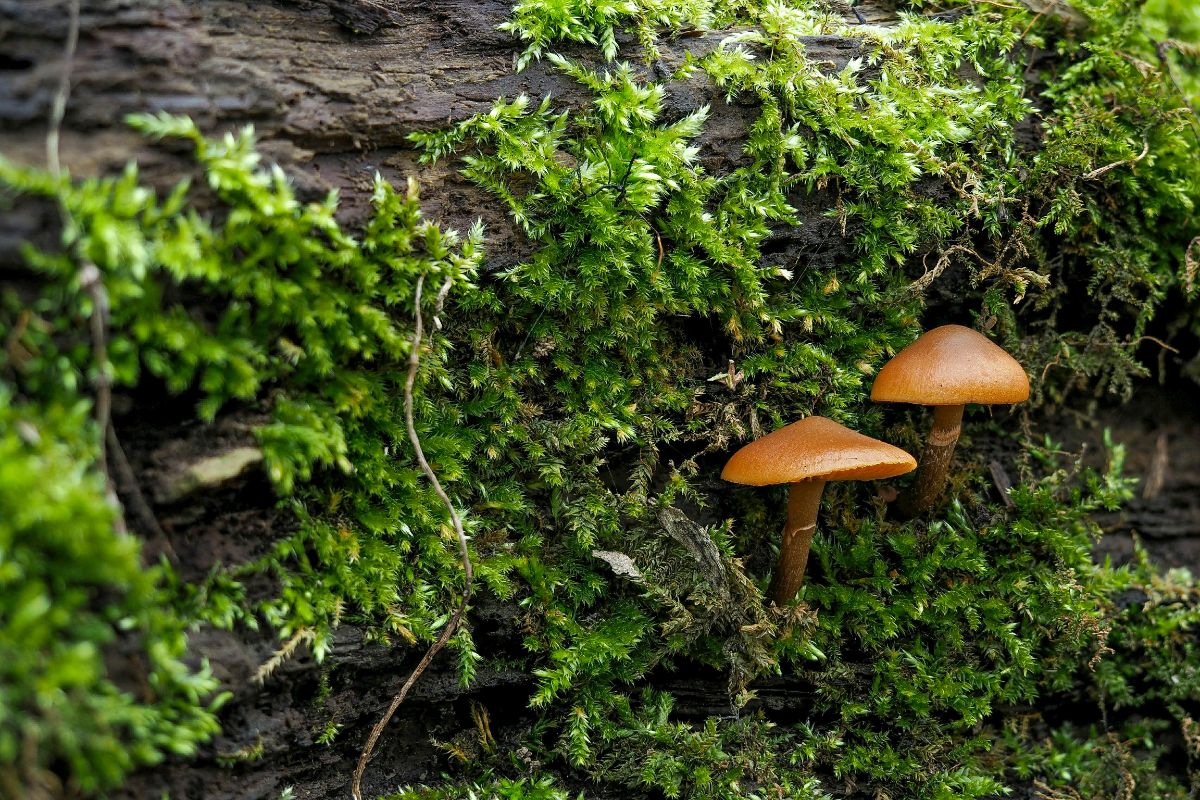
Thus old species such as Galerina autumnalis (the deadly skullcap), Galerina oregonensis, Galerina unicolor, and Galerina venenata now all have the same name: Galerina marginata.
So it’s G. marginata that could ruin your day. It’s a classic little brown mushroom, making it very difficult to identify. Let’s learn a little more:
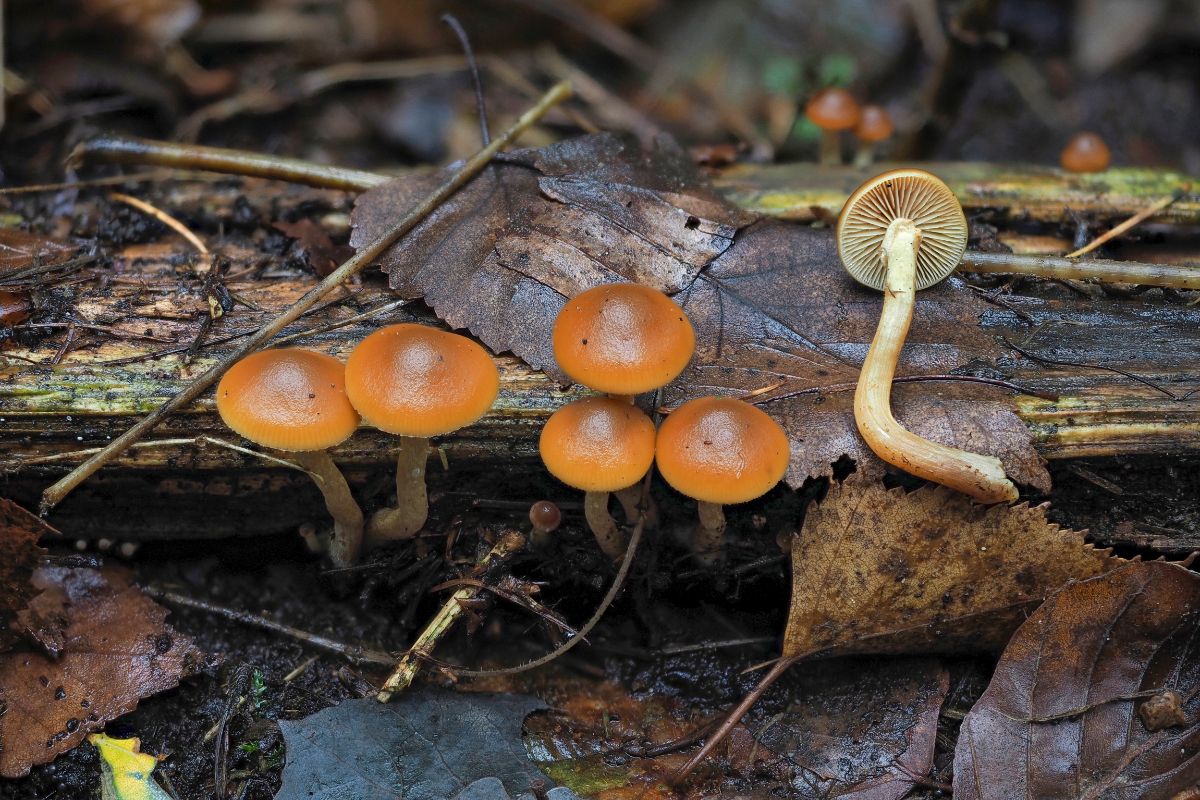
Deadly Galerina Identification Guide
- Caps are yellowish to brownish, or somewhere in between. The cap shape is convex and flattens with age.
- Brownish or tan gills underneath the cap that do not run down the stem.
- The spore print is brown.
- There is a ring on the stem, but it often disappears as the mushroom gets older.
- All galerinas are saprotrophs, meaning they feed on dead organic material. You’ll find them growing on dead or decaying wood, often conifer trees.
- G. marginata is very widespread. They’re found in Europe, North America, Asia, and Australia.
- Funeral bell mushrooms appear at any time of year, but are more common in cooler spring or fall weather.
- What people used to call G. autumnalis, now G. marginata, is very toxic. It damages the liver an eventually causes death if not treated right away.
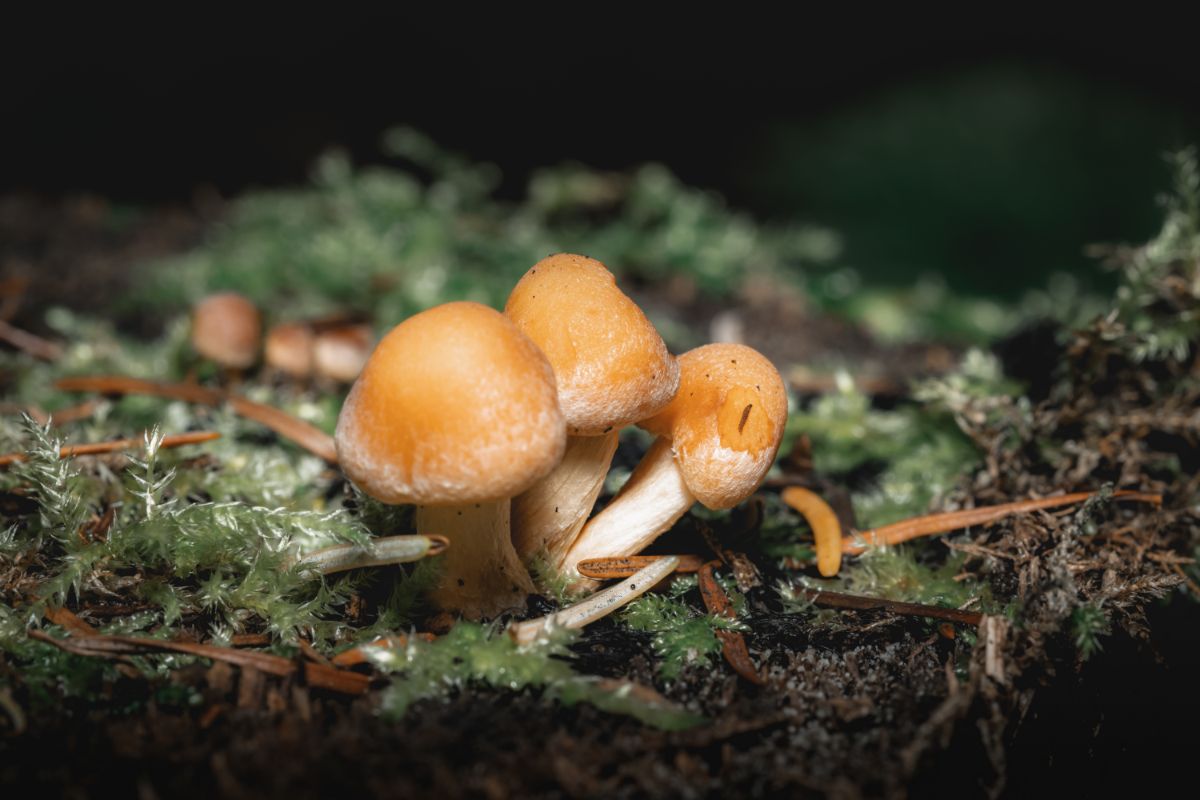
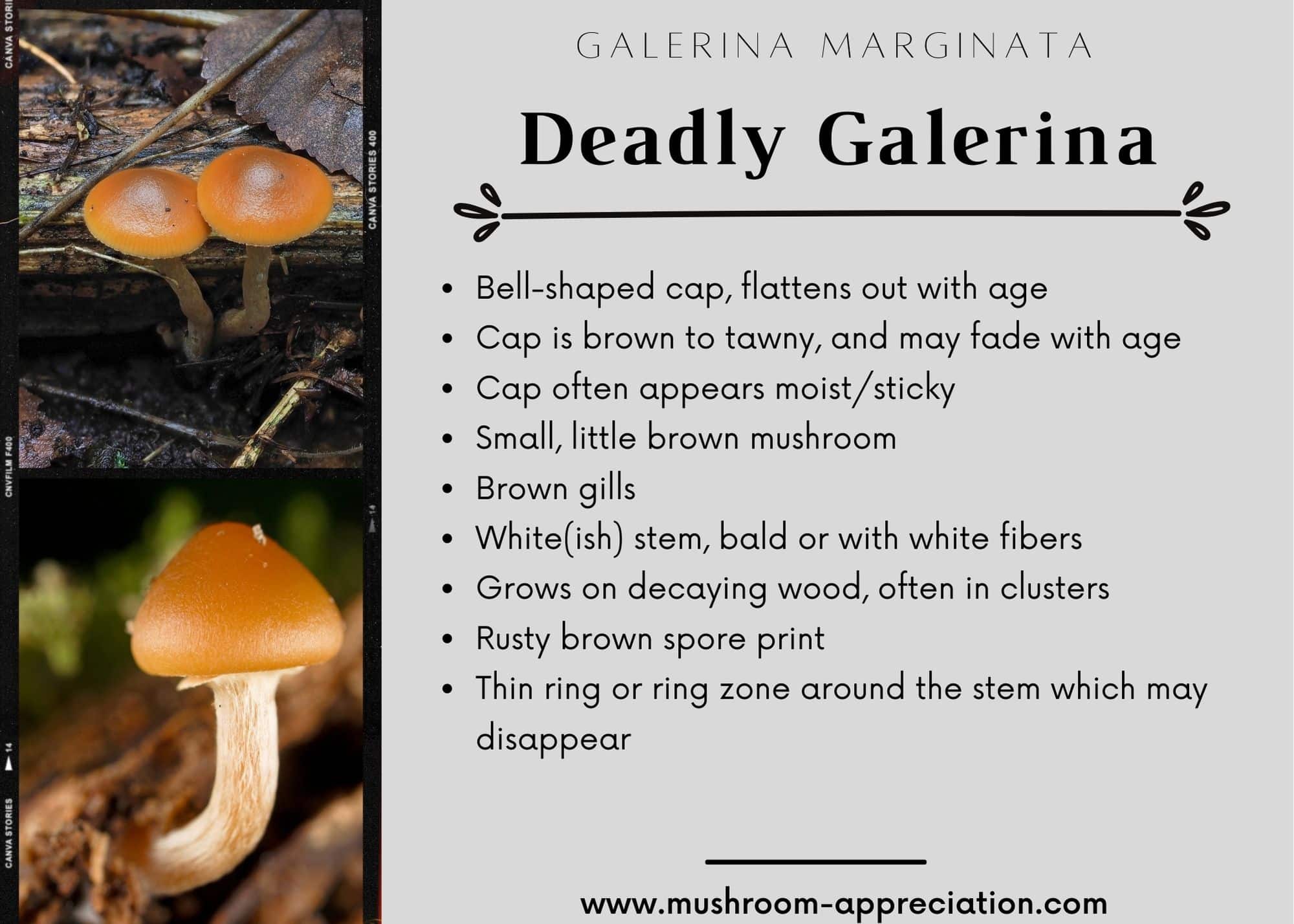
Deadly Galerina Lookalikes
The deadly galerina is especially dangerous because it is sometimes mistaken for edible mushrooms. People have been known to confuse it with the honey mushroom (Armillaria mellea), enokitake (Flammulina velutipes), or the hallucinogenic Psilocybe cubensis.
You can see why it’s extremely important to know your poisonous mushrooms when hunting for common species. A mistake when trying to identify a little brown mushroom could land you in the hospital, or at least make for a very unpleasant evening in the bathroom.
At the end of the day, it’s easy to avoid LBM poisoning: never eat them! When mushroom hunting, stay away from all small to medium brownish species. If it’s not easily identifiable, it shouldn’t be on the table!
Funeral Bell Mushroom Common Questions
Are all galerina mushrooms deadly?
No. There are over 300 species in the galerina genus. Some are very deadly, like the Funeral Bell, but many are harmless little brown mushrooms. The problem is that they are very difficult to tell apart.
Why would someone forage a little brown mushroom?
The most common mistake is made by those searching hallucinogenic mushrooms. Many psilocybe and related magic mushrooms are small and brown, just like the galerinas. There have been many poisonings, and at least one death, in North America based on this mistake.

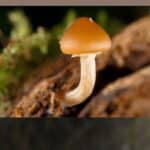
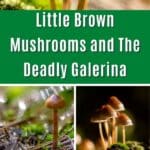
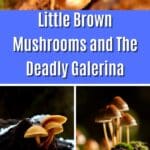
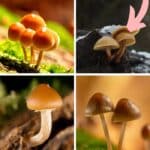
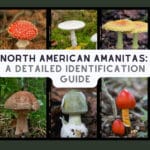
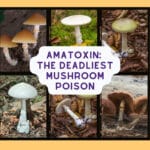
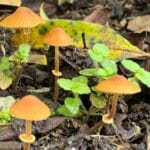
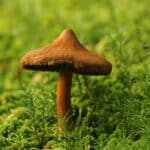
Emily Stewart
Thank you for your descriptions of the different mushrooms and what to look for when it comes to poisonous mushrooms. I had been looking for information about mushrooms that had recently surfaced in my yard and I found out that they were indeed poisonous. Thank you for allowing us this information for free!
Jenny
Ahhh, thank you! I’m glad it is useful :), especially with the poisonous ones!